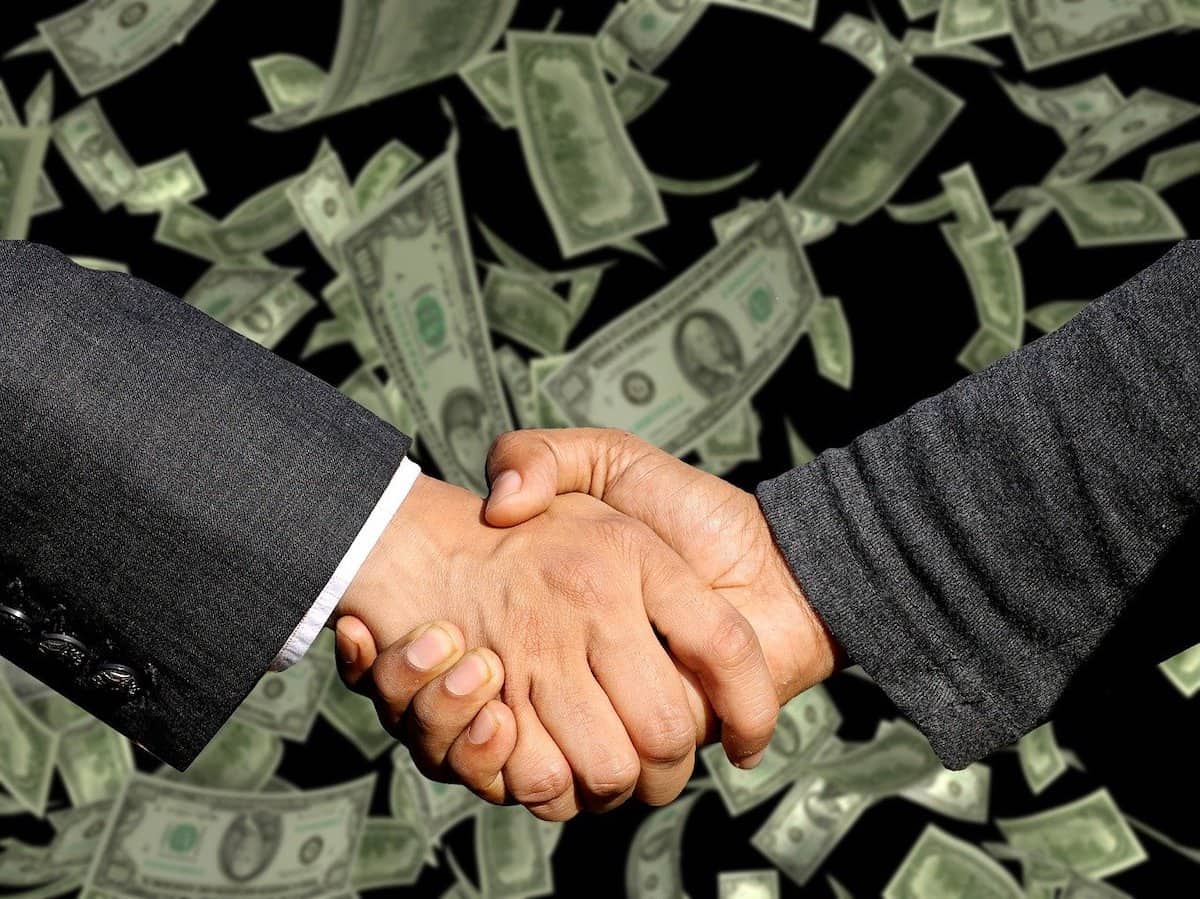For his entire career my Father worked in the field of Procurement. But the job titles that he had during his career alternatively included either the word Procurement or the word Purchasing. I seem to recall that one of his business cards included both words.
When I was young I thought I had a somewhat clearer understanding of what my Dad’s Purchasing job was. His job involved buying, negotiating, contracts, overseas travel, sourcing, suppliers, parts, services, managing, supplier qualification, product qualification, terms and conditions, quality issues and delivery problems.
But was that Procurement or was it Purchasing? Procurement sounded like a somewhat loftier and more sophisticated word than Purchasing but by the same token it also seemed like they were synonymous and interchangeable terms.
What exactly is Procurement? And what is Purchasing?
To help us understand what is meant by these words let’s first consider the generally held definitions.
Procurement

According to Procurify, “Procurement involves the process of selecting vendors, establishing payment terms, strategic vetting, selection, the negotiation of contracts and actual purchasing of goods. It is concerned with acquiring (procuring) all of the goods, services, and work that is vital to an organization. Procurement is, essentially, the overarching or umbrella term within which purchasing can be found.”
Supply Chain Opz defines Procurement as follows: “Procurement refers to the participation in the development of requirements and their specifications; managing value analysis activities; conducting supply market research; managing supplier negotiations; conducting traditional buying activities; administering purchase contracts; managing supplier quality; buying inbound transportation” – from Purchasing and Materials Management Text and Cases by Donald Dobler
And PurchasingInsight.com considers that “Procurement is the overarching function that describes the activities and processes to acquire goods and services. Importantly, and distinct from “purchasing”, procurement involves the activities involved in establishing fundamental requirements, sourcing activities such as market research and vendor evaluation and negotiation of contracts. It can also include the purchasing activities required to order and receive goods.
Purchasing
Procurify considers that “Purchasing is a subset of procurement. Purchasing generally refers simply to buying goods or services. Purchasing often includes receiving and payment as well. Within the overarching Procure-To-Pay Cycle, the steps specifically related to purchasing are: Purchase Order Acknowledgement, Advance Shipment Notice, Goods Receipt, Invoice Recording, 3 Way Match, Payment to Supplier”
Supply Chain Opz characterizes Purchasing as such: “Purchasing refers to the process by which a company contracts with third parties to obtain goods and services required to fulfill its business objectives in the most timely and cost-effective manner”
Now ProcurementInsight.com states that “Purchasing refers to the process of ordering and receiving goods and services. It is a subset of the wider procurement process. Generally, purchasing refers to the process involved in ordering goods such as request, approval, creation of a purchase order record (a Purchase Order or P.O.) and the receipting of goods.”
Procurement versus Purchasing
In general the distinction made between Procurement and Purchasing can be somewhat subjective and certainly situational. The US government, for example, begins all purchases with procurement searches, followed by purchases. A company must be GSA schedule approved in order to be eligible for both.
Many make the point that they are interchangeable terms and can be used one for the other. To them it is merely a matter of semantics.
This is often the case for smaller companies. There are not enough people, or the organization is not large enough, to make any distinction. Whoever works in Procurement, or Purchasing, has to do anything and everything necessary to get the job done. In a small company employees must be jacks-of-all-trades.
Still others tend to define Procurement as being indicative of more strategic planning and longer term activities. Conversely they view Purchasing as being illustrative of more day to day, transactional activities. This seems to be the prevailing view when you consider the definitions that are often used.
The Purchasing function executes the activities enabled by the completion of the Procurement activities. When Procurement negotiates a contract for instance they will have first found a supplier, developed that relationship, audited and qualified the supplier, conducted a quotation process, then awarded the business to that supplier. Purchasing can then place Purchase Orders against that contract, track vendor performance, and deal with daily issues related to delivery, quality, and anything else that comes up.
In an extremely large Corporation it is likely that the division of responsibilities will follow the delineation made above as to what is one or the other. Because there are so many people involved the division of labour will fall along the lines of what are considered more strategic and more transactional activities.
And because of the amount of work involved in a large company there is room for people who have specialized skills to be employed and developed. Large companies also make use of software, like Coupa, which can automate many manual processes.
We should also ponder the experiences of those within different industries, different cultures, and different parts of the world. These considerations may similarly cause both terms to be considered interchangeable or distinct. If you are involved in Procurement consulting for instance then you are covering all aspects of Procurement and Purchasing.
The Impact of Technology – A Definition Dilemma?
Not only can the size of a company, or geography, or culture all have a bearing on the meaning of one term or the other, but a big factor to be considered is the impact of technology.
Advances in Artificial Intelligence, Advanced Analytics, Bot technology and End to End Digital Supply Chain Connectivity will have a profound impact on this business area. First of all many of these advancements are meant to optimize and automate the transactional part of the process, often associated with Purchasing. Purchase order management and performance tracking are all within the scope of these technologies.
Product cost management software makes it possible to access all of the product/supplier information intuitively, dynamically and in summarized form through powerful data mining functions.
But defining and deploying the application of these technologies to transactional Purchasing activities requires strategic thinking and strategic planning within Purchasing. Purchasing must perform strategic activities in order to adopt technology to the advancement of Purchasing transactional activities.
Strict adherence to definitions of Procurement being strategic and Purchasing being transactional is inconsistent with the reality that future deployment of technology requires Purchasing to act strategically as well.
Conclusion
My Dad was clearly involved in all activities associated with Procurement and with Purchasing, and in both strategic and transactional activities. He was truly great at his job and like so many people who work in this area he loved what he did. At the end of the day I don’t think he worried about what it was called.
For those who are in the field I think it is important to get as broad experience as you can. Take the time to do “Purchasing” jobs. Get involved in “Procurement” jobs. It is an exciting field and the future possibilities for growth, development, networking, international exposure, and technology are fantastic!


Amazing information you have shared here. Thanks, I personally found it very interesting because I have also developed a procurement Management System.
Your article is very valuable for me. Hoping to read more. Thank you